In the digital age, the flash drive has become an indispensable tool for data storage and transfer. Compact, portable, and with varying capacities, these devices offer a convenient way to carry your information. This article explores the ins and outs of flash drives, providing insights into their operation, advantages, disadvantages, and best practices for selection and usage.
Table of Contents:
– What is a flash drive?
– How does a flash drive work?
– Benefits and drawbacks of a flash drive
– How to choose a flash drive
– How to use a flash drive
What is a flash drive?
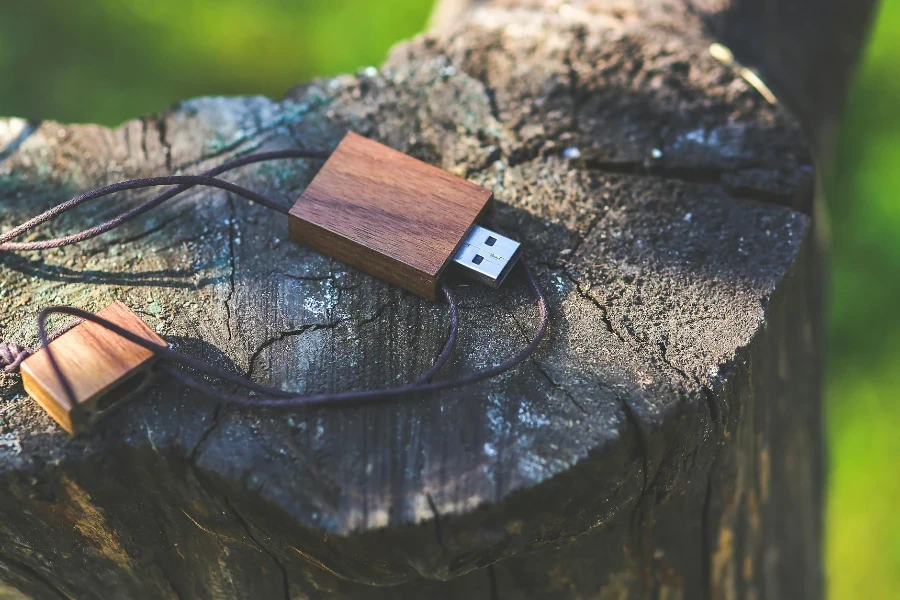
A flash drive, also known as a USB drive, pen drive, thumb drive, or memory stick, is a small, portable storage device that uses flash memory to store data. Unlike older storage devices such as floppy disks or CDs, flash drives are more durable, reliable, and have a much greater capacity. They connect to computers and other devices via a USB port, making them universally compatible with modern technology. Their compact size and robustness have made them incredibly popular for personal and professional use, allowing users to easily carry large amounts of data in their pockets or on keychains.
How does a flash drive work?
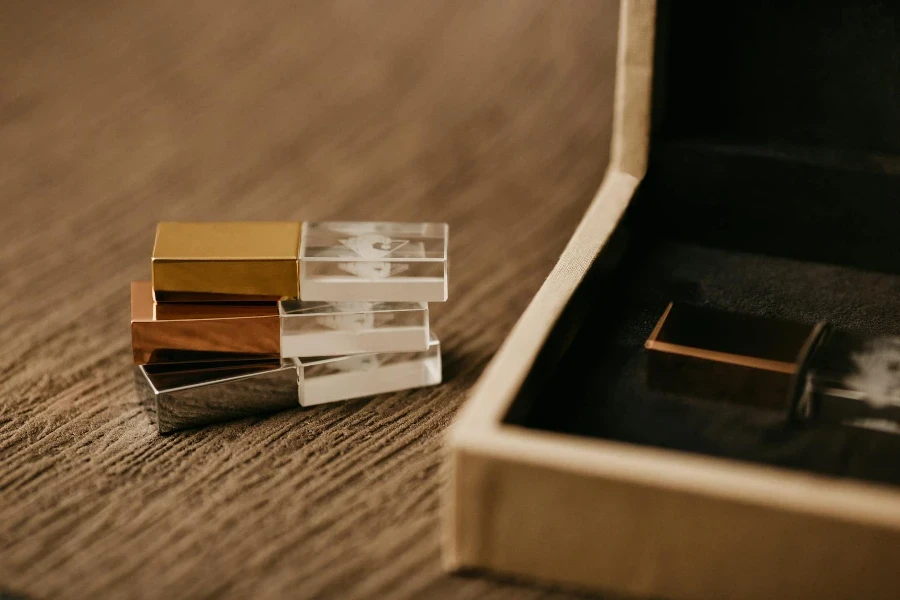
At the heart of a flash drive is its flash memory, a type of non-volatile memory that can be electrically erased and reprogrammed. This means it doesn’t require power to maintain the data stored on it, unlike RAM or other volatile memory types. When a user plugs a flash drive into a USB port, the computer’s operating system recognizes it as a removable storage device and assigns it a drive letter. Data can then be copied to and from the flash drive as if it were a hard drive. The USB interface facilitates a high-speed data transfer rate, making the process of transferring large files quick and efficient.
Benefits and drawbacks of a flash drive
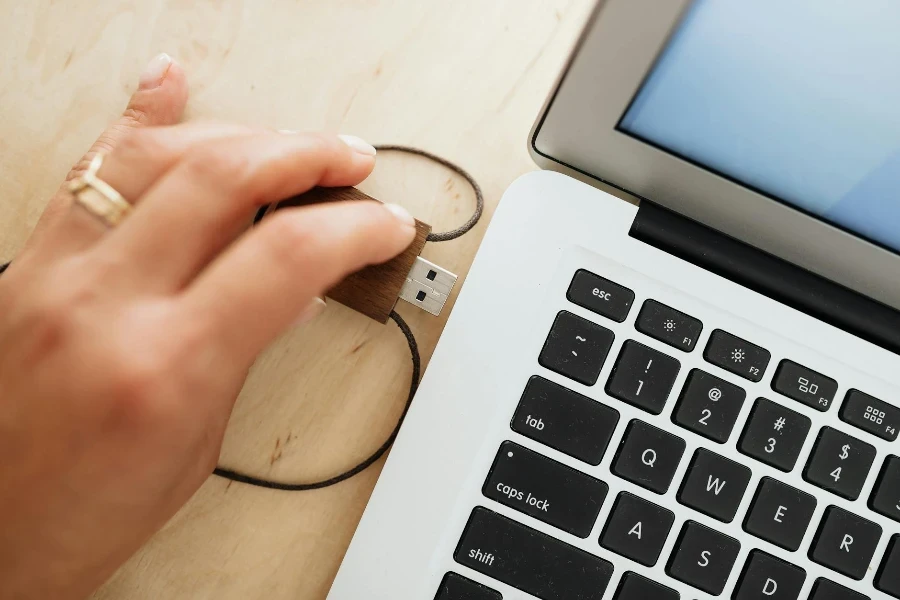
Flash drives offer a plethora of benefits, including portability, ease of use, and compatibility with most computer systems. They are also relatively durable, capable of withstanding bumps and drops that would damage traditional hard drives. Furthermore, with capacities ranging from a few gigabytes to several terabytes, they can store vast amounts of data. However, there are drawbacks. Flash drives are small and easy to lose, and their portability makes them vulnerable to theft, potentially compromising sensitive information. Additionally, while they are generally reliable, they can fail, and without proper backup, data loss can occur.
How to choose a flash drive

Selecting the right flash drive involves considering several factors. Capacity is paramount; think about how much data you need to store. For casual use, a smaller capacity might suffice, but for larger media files or backups, opt for a drive with more space. Speed is another critical factor. USB 3.0 and 3.1 drives offer faster data transfer rates than their USB 2.0 counterparts. Durability is also important, especially if you plan to carry the drive with you. Look for drives with solid construction and, if possible, water and dust resistance. Finally, consider security features such as encryption and password protection, particularly if you intend to store sensitive data.
How to use a flash drive
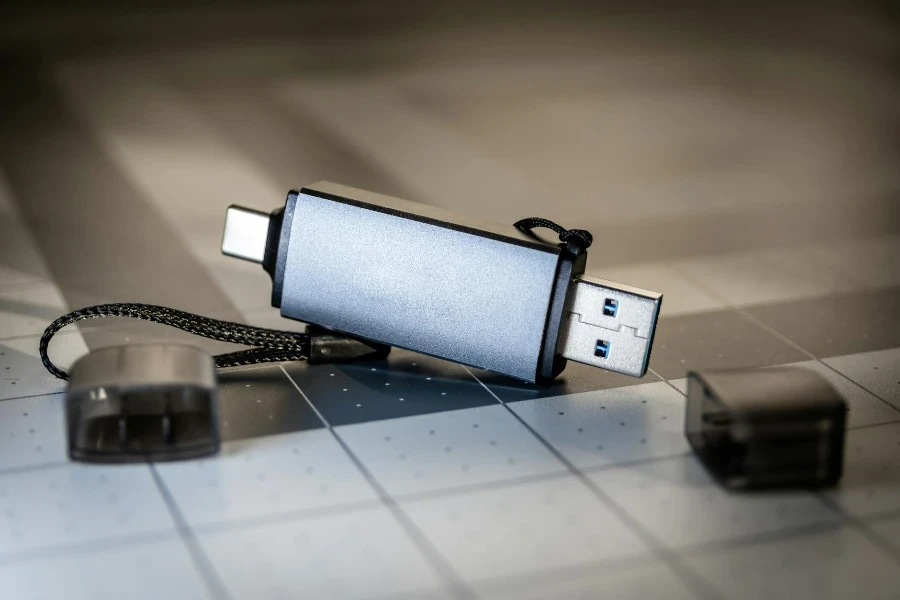
Using a flash drive is straightforward. First, insert the drive into an available USB port on your computer or device. Most operating systems will recognize it automatically. Once the drive appears, you can drag and drop files to it or copy and paste them just as you would with any other storage medium. To safely remove the flash drive, it’s essential to eject it properly through the operating system’s interface to avoid data corruption. On Windows, this usually involves clicking the ‘Safely Remove Hardware’ icon in the system tray, while on Macs, you drag the drive icon to the trash.
Conclusion
Flash drives are a versatile and essential tool in our digital world, offering a convenient way to store and transfer data. Understanding how they work, their benefits and drawbacks, and how to select and use them can help you make the most of this technology. Whether for personal or professional use, a flash drive can be an invaluable asset for carrying your data wherever you go.
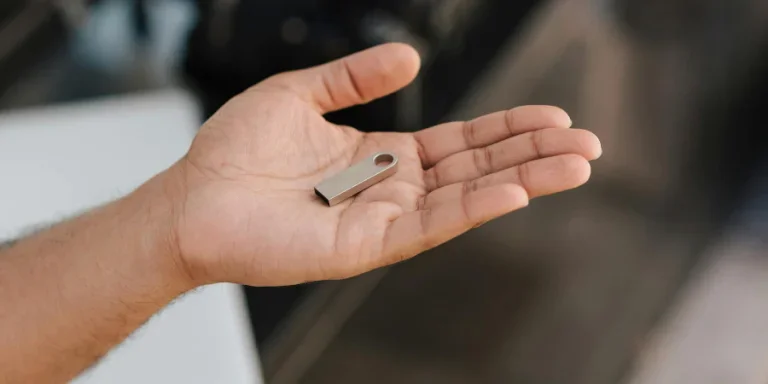




 Afrikaans
Afrikaans አማርኛ
አማርኛ العربية
العربية বাংলা
বাংলা Nederlands
Nederlands English
English Français
Français Deutsch
Deutsch हिन्दी
हिन्दी Bahasa Indonesia
Bahasa Indonesia Italiano
Italiano 日本語
日本語 한국어
한국어 Bahasa Melayu
Bahasa Melayu മലയാളം
മലയാളം پښتو
پښتو فارسی
فارسی Polski
Polski Português
Português Русский
Русский Español
Español Kiswahili
Kiswahili ไทย
ไทย Türkçe
Türkçe اردو
اردو Tiếng Việt
Tiếng Việt isiXhosa
isiXhosa Zulu
Zulu